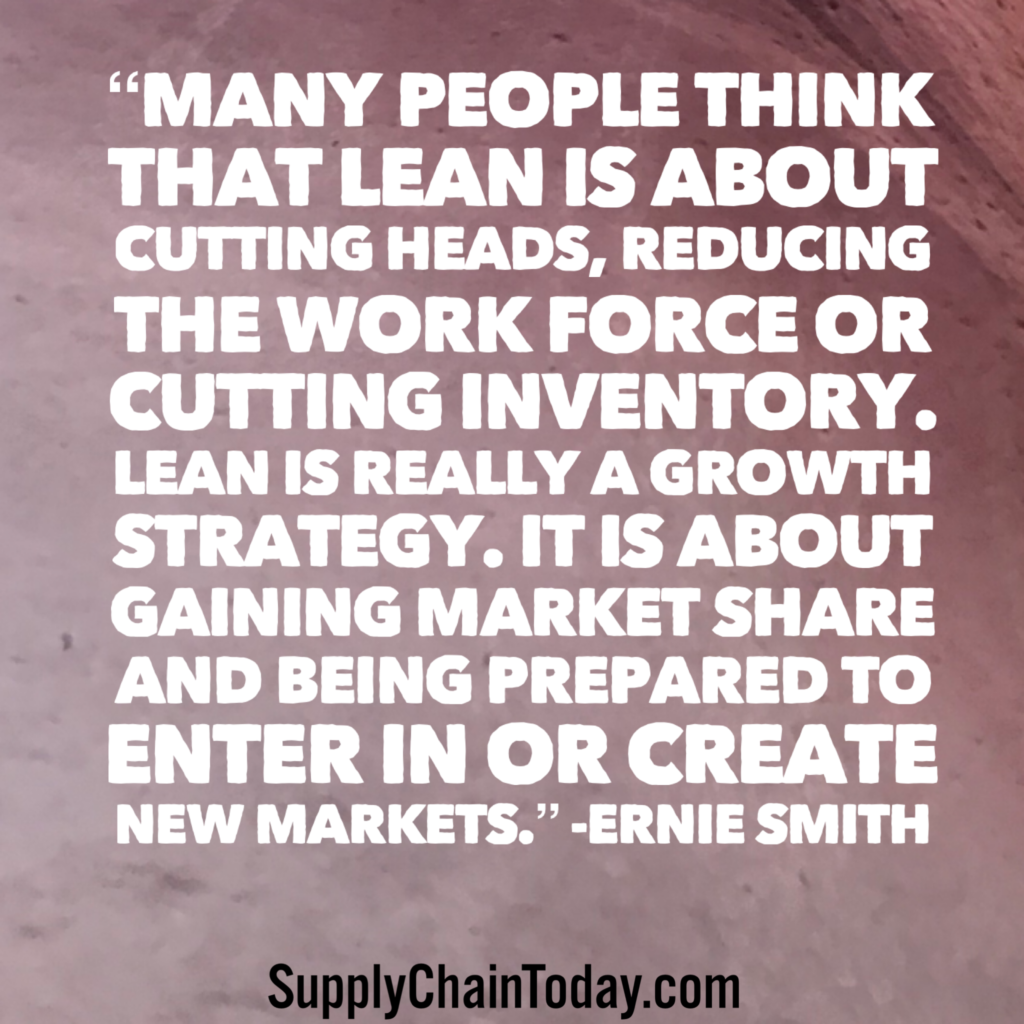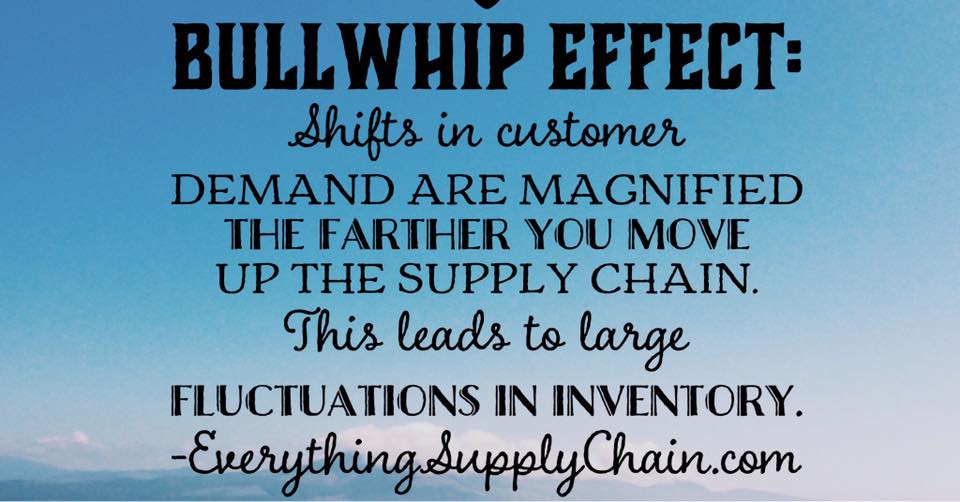Calculating Safety Stock: Protecting Against Stock Outs
Calculating Safety Stock
Safety stock is a buffer of inventory that a company keeps on hand to ensure that it can meet customer demand even if there are unexpected disruptions or fluctuations in demand. There are several methods for calculating safety stock, including:
- Basic Safety Stock Calculation: The most basic method for calculating safety stock is to use the following formula: Safety Stock = (Maximum Daily Usage x Maximum Lead Time in Days) – (Average Daily Usage x Average Lead Time in Days). This formula takes into account the maximum and average usage and lead time, and calculates the amount of safety stock that is needed to cover the difference.
- Statistical Safety Stock Calculation: This method uses statistical data such as standard deviation, mean, and coefficient of variation to calculate safety stock. The formula for this method is Safety Stock = Z-score x Standard Deviation x Lead Time, where Z-score is a number that represents the level of risk that a company is willing to accept, and Standard Deviation is a measure of the variation in demand.
- Service Level Calculation: This method uses a target service level to calculate safety stock. The formula for this method is Safety Stock = (Lead Time x Demand during Lead Time) / (Target Service Level – (Lead Time x Demand during Lead Time)). where Lead Time is the time it takes to receive an order, Demand during Lead Time is the expected demand during lead time, and Target Service Level is the desired level of customer service.
- Simulation-based Calculation: This method uses computer simulations to calculate safety stock. With this method, a company can use historical data to model different scenarios and determine how much safety stock is needed to achieve a desired level of service.
It is important to note that the method chosen for calculating safety stock will depend on the company’s specific needs and resources. Some companies may use a combination of methods, depending on the product or service being offered. Additionally, it’s important to regularly review and update safety stock calculations as the demand, lead time and other factors can change over time.
SCM Quotes
- “Supply Chain is like nature, it is all around us.” ~Dave Waters
- “The more inventory a company has, the less likely they will have what they need.” ~Taiichi Ohno
- “Make inventory a common enemy for your company.” ~ Dave Waters
- “Keep Calm and call the Supply Chain guy (or gal).” ~ EverythingSupplyChain.com
- “If your supply chain runs without many problems you either have a great supply chain or running very fat.” ~ EverythingSupplyChain.com
- “Almost all quality improvement comes via simplification of design, manufacturing, layout, processes, and procedures.” ~ Tom Peters
- “Supply chains are everywhere. From the biggest company in the world to running your household. We all have supply chain experience even if we don’t know it.” ~ EverythingSupplyChain.com
Other videos you may find interesting.
- End To End Supply Chain Management Process.
- How Amazon Receives Your Inventory.
- Introduction to Lean Manufacturing.
- Introduction to Theory of Constraints – Supply Chain Concept.
- SCM Inventory Optimization.
- Supply Chain Management: The Beer Game.
- Supply Chain Master: Professor Hau Lee on the bullwhip effect.
- The Beer Game – Supply Chain Management.
- The Goal by Eliyahu M. Goldratt – A Book Review.
- Understanding and Optimizing Inventory in Supply Chains.
- Vendor Managed Inventory (VMI): Three Keys to Success.
- What is Distribution, Warehouse and Inventory Management?
- What Is Inventory Management?
Managing Inventory Flows in the Supply Chain
Supply Chain Master: Professor Hau Lee on the bullwhip effect.
Internet of Things (IoT) – We Are at the Tip of An Iceberg
The Goal by Eliyahu M. Goldratt – A Book Review
3PL vs 4PL Explained
Why Inventory Matters to Every Consumer and Retail Investor














